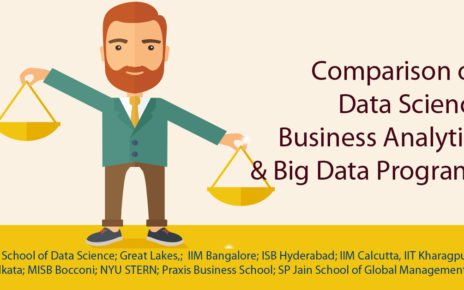- Online Advertising
- Overview
- Entities involved
- Online Advertising Models
- Big Data in Online Advertising
- What is Big Data Analytics
- Role of Big Data in Online Advertisement
- Frauds
- Fraud Detection
Online Advertising
1.1 Online Advertising Overview:
Online Advertising is a form of marketing and advertising which uses the Internet to deliver promotional marketing messages to consumers.
It includes email marketing, search engine marketing, social media marketing, many types of display marketing(including web banner advertising), and mobile advertising. In 2017, Internet advertising revenues in the United States totaled $83.0 billion, a 14% increase over the $72.50 billion in revenues in 2016.
1.2 Entities Involved
An Advertiser is the one who pays money to get his advertisement shown.
A Publisher is the one who gets money to show ads on his site. (host of the platform)
Consumers are the targeted audience.
1.3 Online Advertising Models
Cost-per-Click (CPC) refers to the actual price you pay for each click in your pay-per-click (PPC) marketing campaigns (also known as PPC).
Cost-per-Mille (CPM) is a pay structure designed to generate brand awareness. The advertiser pays the publisher for every 1000 times the advertisement is displayed to a consumer (also known as PPM).
Cost-per-Action (CPA), sometimes known as Pay Per Action or PPA; also Cost Per Conversion, is an online and mobile advertising pricing model, where the advertiser pays for each specified action. For example, an action after an initial impression and click, like an install, form submit (also known as PPA).
Big Data in Online Advertising
2.1 Big Data Analytics
Big data is data sets that are so voluminous and complex that traditional data-processing application software is inadequate to deal with them. Big data analytics is the process of examining large and varied data sets to uncover hidden patterns, unknown correlations, market trends, customer preferences and other useful information.
2.2 Role of Big Data in Online Advertisement
Big Data Analytics helped organizations to deal with large data and find the patterns among their customers.
- It allowed creating more personalized and targeted ads. Identifying typical customer profile and targeting the users matching this same profile helped the organization to gain more revenue by ads being more effective.
- Real-Time Marketing is possible from content coming from websites like Google, Facebook, or even information sites in order to better understand the consumers’ interests.
- Hyper-localized Advertising is possible through the combination of social data and local data. Users might get information about shops/stores that are nearby.
Frauds in Online Advertising
- Click Fraud occurs when a user clicks on Ad without actually having an interest. It is associated with PPC model.
- Impression Fraud occurs when Ad is placed in the webpage where it will be invisible to the user. It is associated with PPM model.
- Affiliate Fraud / Cookie Stuffing occurs when third-party cookies stuffed into customers browser to steal the commission. It is associated with PPA model.
- Ad Injection – Ads are surreptitiously inserted into web pages without getting the permission of site owners.
Fraud Detection
Ad fraud costs the industry $8.2 billion a year in the U.S. alone, according to the IAB. As advertising budgets keep shifting to digital, fraudsters have found ways to game the system and earn money by serving ads in ways that have no potential to be seen by a real person. Needless to say, this has a negative effect on the entire advertising community. It has become necessary to stop these frauds. Let’s see how different organization deals with it.
Google uses 3 step validation to identify click frauds.
- Real-Time Filters are being used to identify clickbots.
- The analysis is done using machine learning algorithms to identify fake clicks.
- Last but not the least, manual inspection.
Forensiq uses FIDB to uncover private proxies, compromised computers, and botnets commonly used by fraudsters to perform illegal activities.

